The New York Islanders will face the Vancouver Canucks on Wednesday night (Nov. 15). The team is in the middle of a four-game Western road trip, and this marks the first time that Bo Horvat will face the Canucks since the blockbuster trade during the 2023 All-Star Break.
Related: Canucks & Islanders Already Seeing Benefits of the Horvat Deal
The deal had a significant impact on both the Canucks and Islanders last season, and it will shape both rosters for years to come. It was clear that Horvat would be traded, but the move was still shocking, given the timing, the return, and for Horvat himself. He spent nine seasons with one franchise and suddenly was asked to move across North America to a new city and team.
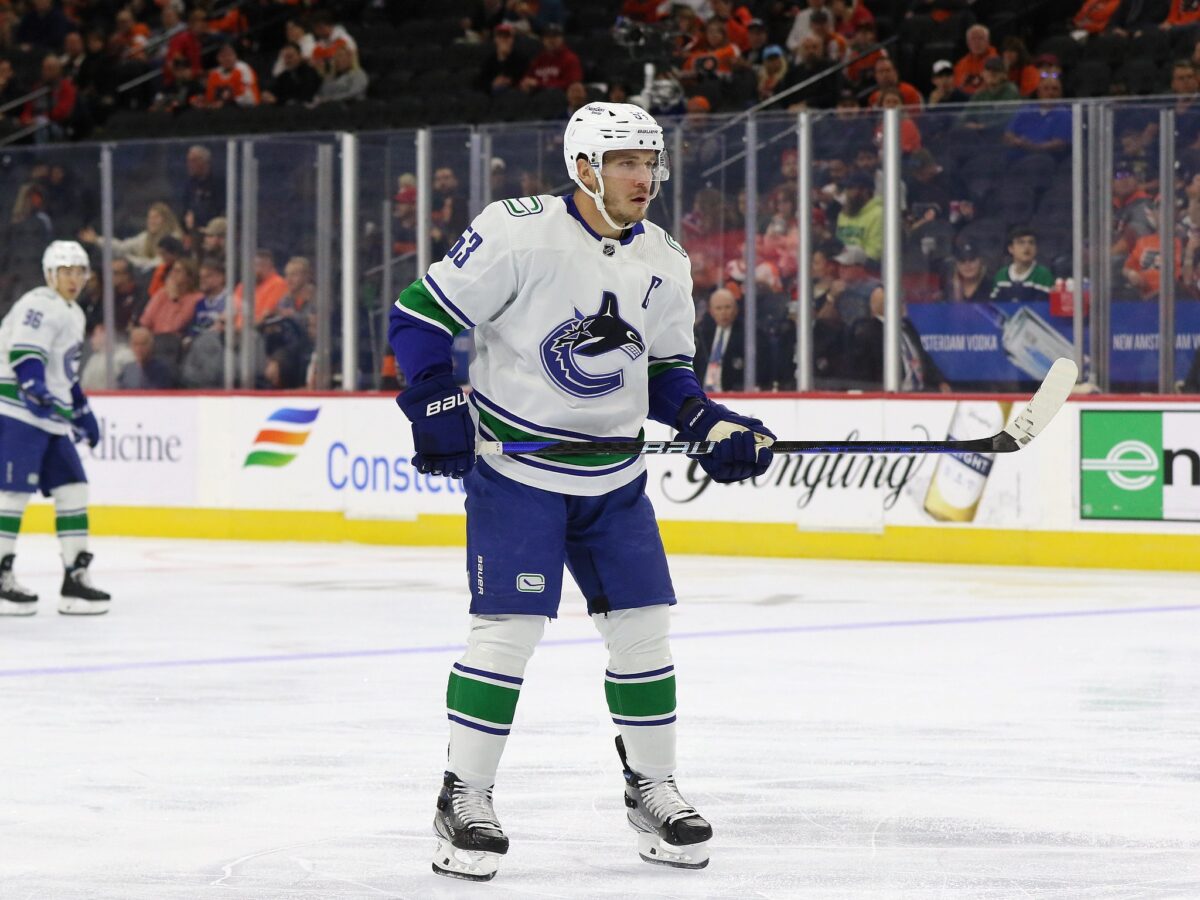
It’s still too early to declare one team a winner, even though both teams have benefitted from the deal. That said, the trade has had a tremendous impact and can provide many lessons and insights into how teams can manage something similar.
Horvat Provides A Template For Blockbuster Trades
The pricetag for Horvat, a top-line center with 31 goals and an All-Star selection at the time, was three pieces. Specifically, the Islanders sent Anthony Beauvillier, Aatu Raty, and a first-round selection in the 2023 NHL Entry Draft to the Canucks.

All three pieces had their pros and cons, making it easy to cite concerns about whether it would work out for the Canucks. Beauvillier is a middle-six winger who was struggling to find a role with the Islanders and is known for inconsistent production. Raty has a high ceiling as a prospect, but he’s still behind in his development, and it’s unclear when he’ll become a regular at the NHL level. Lastly, the draft selection was projected to be in the middle of the first round, and even in a great draft class (which last year was), it’s unlikely the Canucks would have landed an elite player. However, all three pieces combined made the return strong and, more importantly, set a precedent for other teams looking to move a star player.
The Calgary Flames, who are having a rough season with a 5-8-2 record, might look to trade Elias Lindholm, their top-line center who will be a free agent after this season. Ryan Huska was hired this offseason and is in his first season behind the bench. But the team is struggling, so a retool looks like a possibility. If they trade Lindholm, they could use a similar template and ask for the same three pieces, a young skater, a prospect, and a draft selection. That would give them new avenues to approach a retool, as they can quickly rebound the next season with a young player or use the prospect and draft assets to turn things into a long-term rebuild.
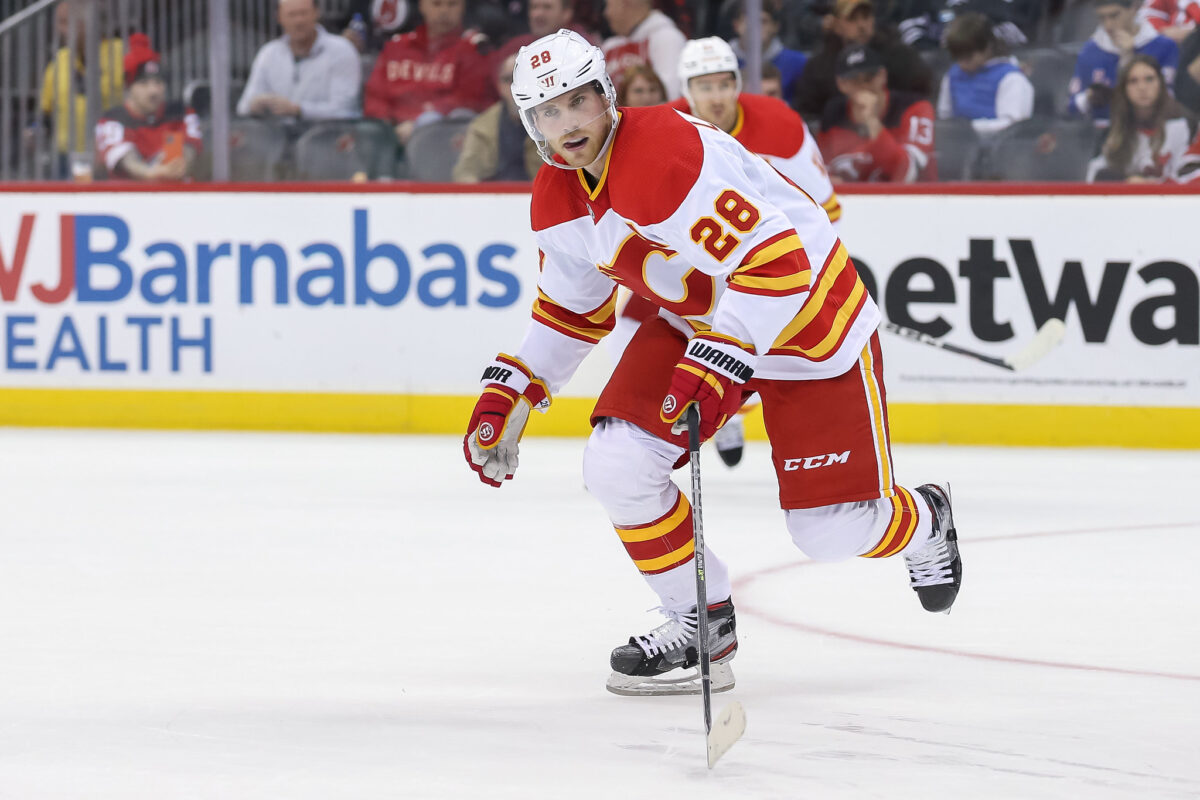
Horvat isn’t the best skater and might not be a top-15 center, but he oddly set the standard for trading elite players, and the Canucks were able to receive a fair return because of the timing of the deal.
The Best Time To Trade A Star is Early
Horvat was acquired during the All-Star Break, and the Canucks’ decision to trade him at that time drew lots of criticism. The consensus was that they shouldn’t have moved him a few weeks before the deadline when a better offer might have been available. Canucks fans, in particular, felt bitter about the return as it looked underwhelming, considering they probably could have received more had they waited.
It turns out that the All-Star Break was the best time to trade him. Many retooling teams moved elite players at the deadline, and in a buyer’s market, the returns were not great.
Patrick Kane was acquired by the New York Rangers, who added the rental in hopes of winning the Cup. The Chicago Blackhawks only received a second-round selection in the 2023 NHL Draft, a fourth-round selection in the 2025 Draft, and a top defense prospect, Andy Welinski, in return. Jakob Chychrun, arguably the best player on the trade block, was acquired by the Ottawa Senators for a first-round selection and two second-round selections in future drafts. The Arizona Coyotes were looking to rebuild and valued the draft assets more than most teams, but Chychrun had multiple seasons left on his contract, and the elite defenseman only yielded three draft picks.

The bottom line is that if a team has an elite player, the moment they are on the trade block (or mentioned in trade rumors), their value starts to diminish. It’s like mileage on a car – the more it’s used, the less value it has (not that I’d know anything about that). A lot of teams avoid moving a player in the offseason and instead wait until the deadline, but they are often met with disappointing returns.
The Islanders could be staring at a similar situation. With a 5-6-3 record, they might want to tear things down if the season continues to spiral out of control, and the best time to trade their star players is sooner rather than later. So, why don’t teams do that more often? There’s a simple answer – the message it sends isn’t received well. While it might be the best move for the long haul, dealing a star player early signals that the team isn’t competing now or anytime soon.
Canucks Show How To Retool On The Fly
The Canucks received a reasonable return and then went right to work in hopes of becoming a competitive team. Beauvillier slid into the middle-six forward unit and found a role right away. In 48 games since the trade, he’s scored 11 goals and 15 assists, which sounds underwhelming, but it goes a long way. He has added depth to an offense that already has a handful of elite skaters to help make the offense one of the best in the NHL.
To help kickstart the turnaround, the Canucks then flipped the first-round selection to acquire Filip Hronek from the Detroit Red Wings. This move was also criticized at the time since it cost the Canucks a first-round pick in a deep draft. As a right-side defenseman, Hronek rounded out the defense, which was a liability in previous seasons, but with him in the lineup, it’s now a strength.
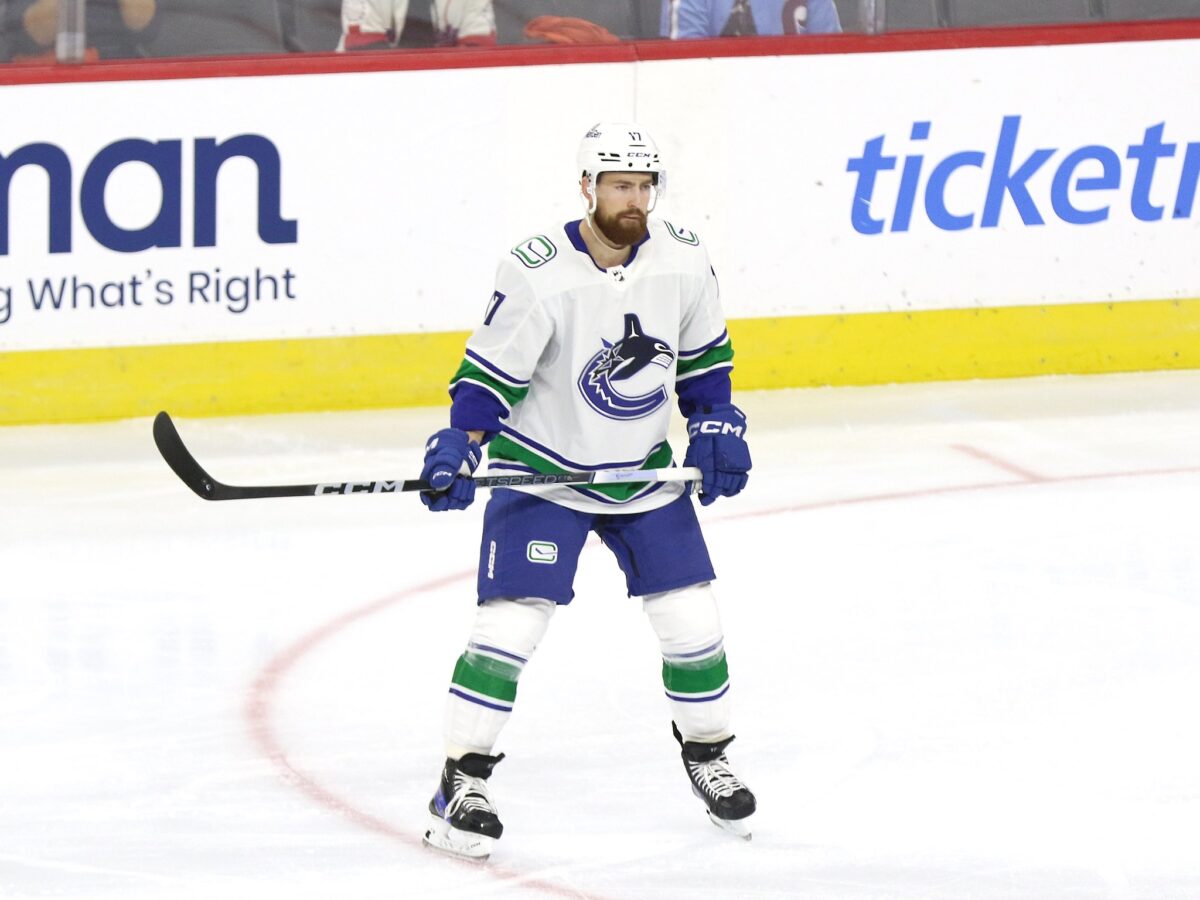
The Canucks are 11-3-1 and suddenly look like one of the best teams in the Western Conference. They didn’t need to rebuild or teardown their roster. Instead, just a few moves have made them a team to beat. That wouldn’t have been possible without the Horvat deal, which started the retool.
Scoring Isn’t the Only Value Horvat Adds
Horvat struggled offensively after he was traded. He scored 31 goals and 23 assists in 49 games with the Canucks, and then only seven goals and nine assists in 30 games with the Islanders. On top of that, he was a non-factor in the First Round series against the Carolina Hurricanes in the 2023 Playoffs, scoring one goal and one assist, as the Islanders lost in six games. However, there’s no denying that he helped the team turn their season around and make the playoffs.
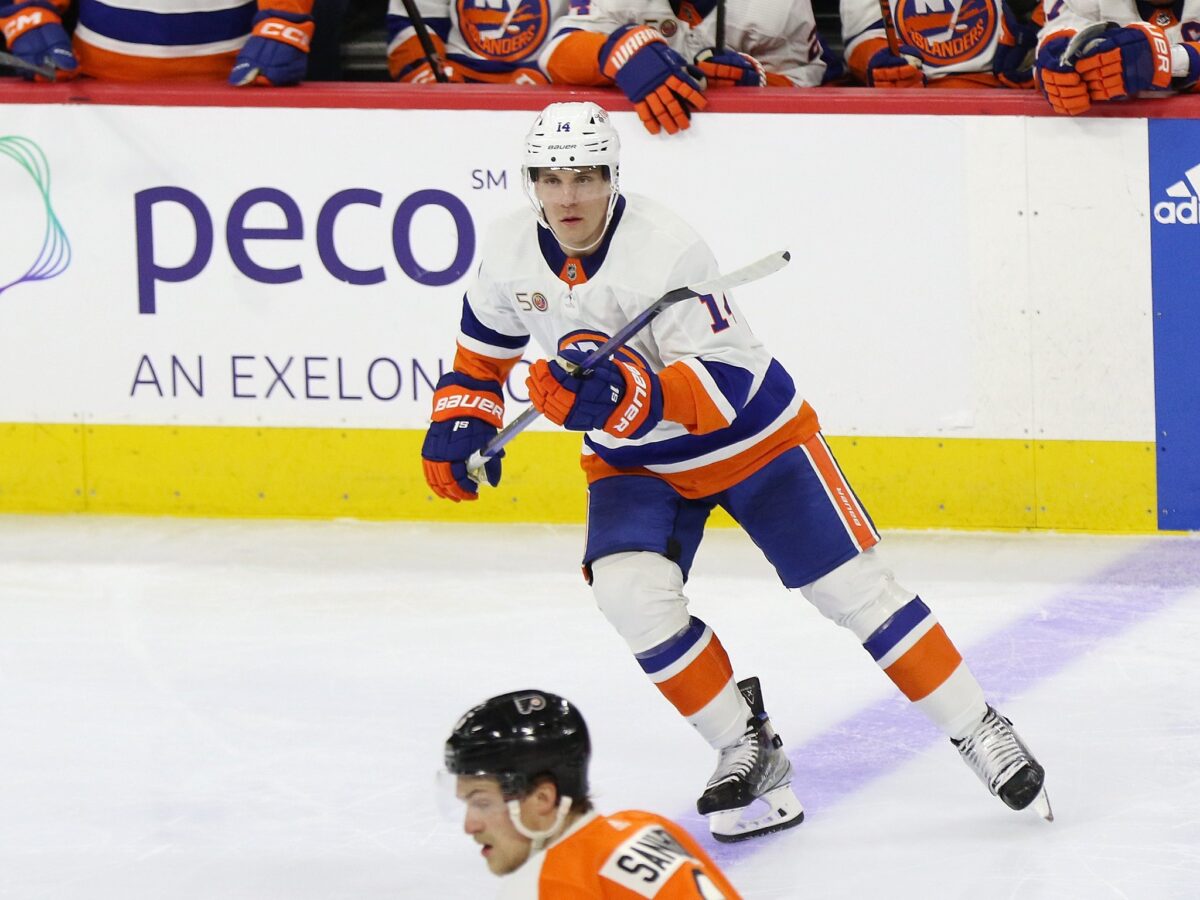
The Islanders made the move when they were 25-22-5 with a 4-8-3 record in January. They went 17-9-4 after adding the top-line center and secured one of the wild-card spots in the Eastern Conference. Horvat didn’t score or add to the offense in any meaningful way, but he did everything else well. His defensive instincts allowed him to step up as one of the team’s best two-way players and turn the Islanders’ defense into one of the league’s best, and his 58.5 faceoff win percentage led the forward unit. When he was on the ice, the team controlled the puck and the pace of the game and slowly churned out victories.
Players have to adjust after they are traded, and Horvat was no exception. Moving across the continent halfway through the season and being forced to learn a new system hurt his offensive production. As a well-rounded player, he still managed to put together strong performances and make the Islanders better than they were before the trade.
Islanders Long-Term Investment Made it Worthwhile
Adding Horvat as a rental wouldn’t have paid off and would have left the Islanders in shambles. Kane was a rental for the Rangers, and while they didn’t spend a lot to add him, they must feel they came away empty-handed since they failed to win the Stanley Cup. The same can be said about the Boston Bruins when they acquired Tyler Bertuzzi and the Toronto Maple Leafs when they added Ryan O’Reilly, Jake McCabe, and Erik Gustafsson at the deadline. However, the Horvat addition wasn’t just for last season but will help the Islanders for years to come.
Right after Horvat was acquired, the Islanders gave him an eight-year extension, making him part of their core. Fast forward to this season, and he’s been one of the few bright spots. In 13 games, he has four goals and seven assists while continuing to contribute in the faceoff circle and the defensive end of the ice. If the Islanders can turn their season around, he’ll be one of the skaters leading the way.
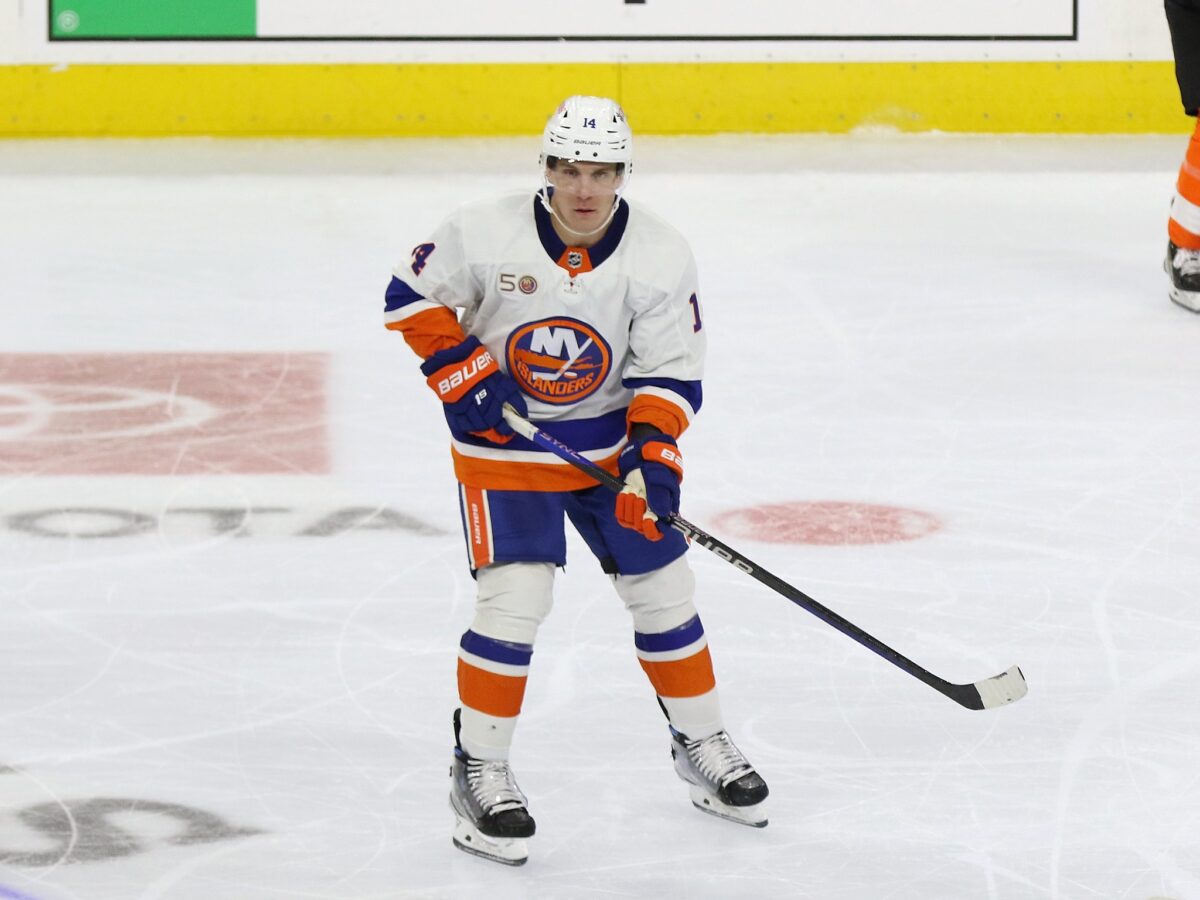
When teams make a splash, they often look to win in the short term. The teams that find a way to make a big trade and then extend their stars are better off. At the 2019 trade deadline, the Vegas Golden Knights acquired and then extended Mark Stone. A few years later, he was one of the core pieces of their 2023 Stanley Cup-winning roster. The Horvat trade didn’t turn the Islanders into a Cup contender, but he will be a key part of the roster for years to come and provide them with an essential team-building block.
Other Notes From The Horvat Trade
When these trades happen, it’s often easy to have a rapid reaction or immediately declare one side a winner. These deals take time to prove their value. The dust is finally starting to settle from the Horvat deal, and early on, it looks like both teams are benefitting.

Another important factor in these trades is the context. The Islanders needed a scorer and a star to build around, while the Canucks looked to turn things around after a lost 2022-23 season. Horvat wasn’t re-signing with the Canucks, and the return they received not only helped them out but turned them into contenders the next season.
What do you think of the trade? Is there any lesson you have from the Horvat blockbuster? Let us know in the comments section below.
